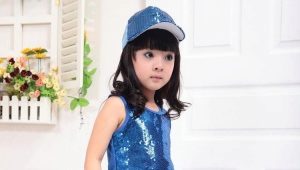Knitted suits for newborns
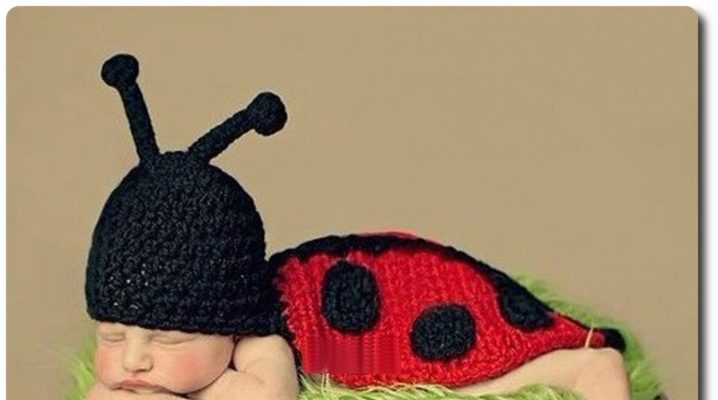
Knitted suits are often the first clothes for newborns born in winter, as well as in spring and autumn. I want them to give the crumbs only pleasant sensations, be comfortable and beautiful, because the aesthetic taste of the kids begins to form from the first days of life.
Knitted things can also be useful for summer babies to warm up in the evening or in cool weather, which often happens at the beginning or end of the season.



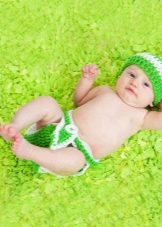
Peculiarities
Some mothers knit costumes themselves, focusing on their preferences, intuitive premonitions, putting all their love and good wishes into the creation of the future costume.
Once upon a time, knitted items decorated with a special ornament could, according to legend, even play the role of a talisman, protecting from all evil.

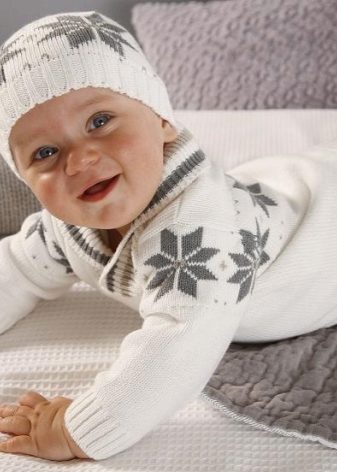
When knitting yourself, you must consider the following features:
- You can knit the product using knitting needles or a hook. Those that are knitted have a more even fabric, and those created by crocheting often differ in patterned, openwork knitting.
- Knitted suits for newborns include from 2 to 5 items. Usually these are pants, a blouse, booties and a headdress in the form of a hat, cap, cap or beret. Pants and a blouse may well be replaced by a knitted jumpsuit.Also, complete with a blouse instead of panties, there is often a semi-overalls. A headdress may well be replaced by a hood. An additional accessory is usually mittens, an envelope or a knitted sleeping bag-cocoon, which helps to do without swaddling, especially if the fidget baby does not tolerate it well.
- Products for the smallest differ minimally depending on the gender of the baby - only the color and location of the fasteners on the blouse or overalls (buttons, buttons): for a boy they are sewn on the right, for girls, on the contrary, on the left.
- When creating knitted suits for newborns, light colors and muted pastel shades are usually used, because a bright, rich range can irritate the baby. It also makes washing easier by eliminating the need to wash light and dark clothes separately.
Those mothers who do not like to knit or do not know how, or believe in the sign that it is not worth knitting while expecting a child, prefer to buy ready-made knitwear, since the choice is now rich: for every taste and budget.

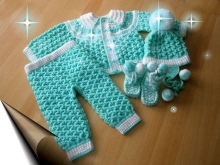
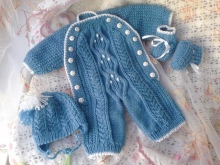
How to choose
The right costumes for the little ones:
- knit with seams outso as not to cause abrasions and irritation on the skin, not to cause discomfort to babies;
- Made from yarn suitable for the delicate skin of newborns;
- must be in the right yarn for the season: for winter, threads with natural wool are better, and for summer - with cotton or linen;
- equipped with a large number of fasteners, which facilitates dressing the baby, makes it less annoying for the crumbs: fasteners around the front of the overalls or blouses eliminate the need to put the thing on over the head, and those that are in the lower part between the legs of the overalls or semi-overalls help to avoid attempts to thread the baby's legs into the legs ;
- fasteners should be located only in front: most of the time the newborn spends on his back, so the fasteners there will give him discomfort.
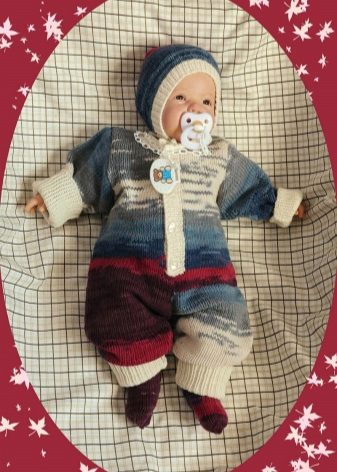
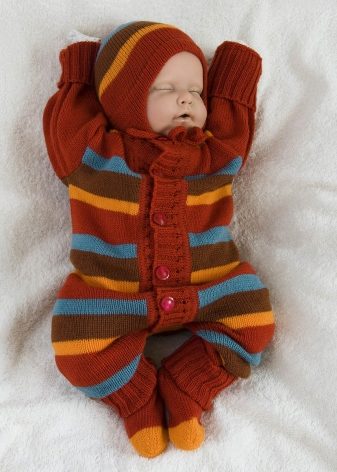
colors
Nowadays, fashion is quite democratic and often rejects the traditional division of colors into feminine, masculine and neutral. But when choosing clothes for newborns in relation to color, it is better to be conservative.
So, for girls, sets of pastel colors are most suitable - pink, coral, orange, lilac.
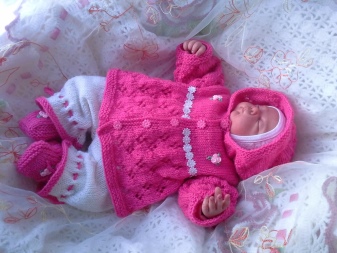
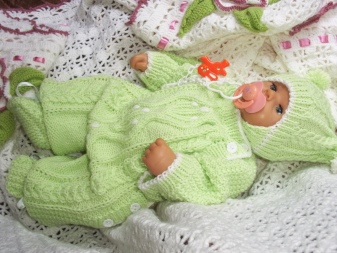
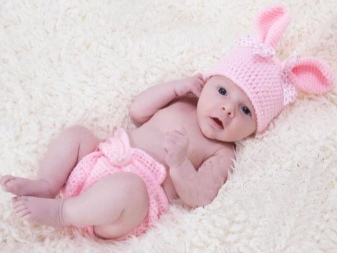
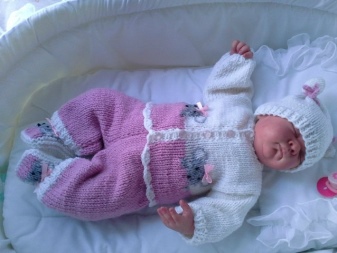
For boys, light blue, green, purple tones are optimal.
White, yellow, gray, beige are universal colors.
Knitted suits for newborns almost always have a different color finish, decorated with ornaments.

materials
Yarn for knitting children's products can be different.
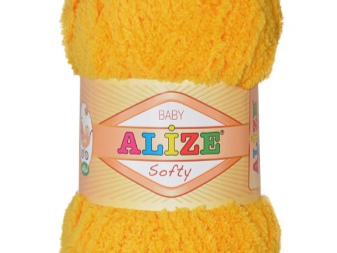

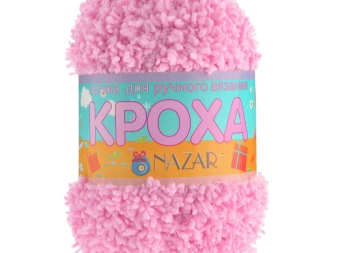

natural materials
It is these that are best perceived by children's skin, because they allow it to breathe, they are very hygroscopic:
- Wool: Warms best. The best is merino: it is the softest of all types of sheep's wool and is very warm. Minus: in some children, wool can cause allergies, is prone to shrinkage.
- Cotton: for creating products for the off-season or summer, warms well, wear-resistant, hypoallergenic.
- Linen: retains heat worse than cotton, coarser, less elastic, wrinkled, but more hygroscopic.It is more suitable for summer products, as it is believed that in the heat it gives coolness. Linen is also hypoallergenic and resistant to shrinkage - it can be washed even in hot water.
- Silk: softer than linen and cotton, warms better, hypoallergenic. Products from it almost do not roll and do not crumple.
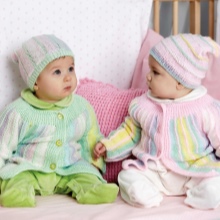

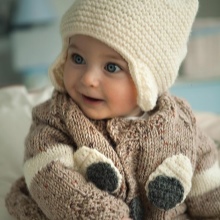
artificial materials.
- Acrylic: there is a special acrylic designed for knitting products for the smallest. It is hypoallergenic, soft and elastic, perfectly perceived by children's skin.
- microfiber: warms well, very hygroscopic, breathable, but difficult to care for: does not tolerate high temperatures. After some time, socks lose their useful properties and can even cause allergies.
- Viscose: artificial fiber of natural origin - produced from wood pulp. Similar in properties to cotton, but more hygroscopic and less durable.
- Plush: polyester with fluffy threads of exceptional softness, giving the most pleasant tactile sensations. With a special knitting technique, the effect of a “shorn mink” is obtained. Even the most voluminous suits made of it are very light. Of the minuses: suitable only for temperatures from + 5 ° C to + 17 ° C and does not pass air very well.
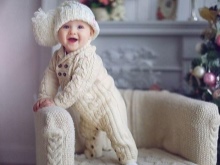

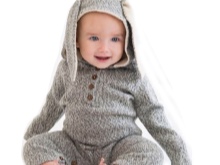
Knitted suits for newborns can also be made from children's knitwear - a knitted fabric created using a special sewing machine. Due to the fact that the threads in knitwear are intertwined in a special way, the products are perfectly stretched, very elastic, do not wrinkle, and keep their shape well.
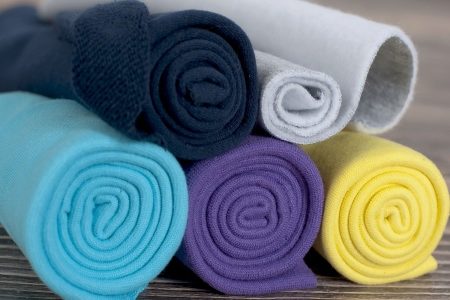
Now it is rare to find yarn on sale, 100% consisting of only one type of natural fiber - wool or cotton.And this is good, because when synthetic fibers are added, the properties of the yarn can improve and those shortcomings that natural materials have can go away.


So, acrylic, when combined with wool, adds weariness to it, and when added to cotton, it makes it softer, more elastic and lighter. Polyester reduces wrinkling of linen, and microfiber makes any yarn more breathable.
Be sure to look at the percentage of fiber types in the yarn: whichever is greater, such properties will be most pronounced in the yarn.

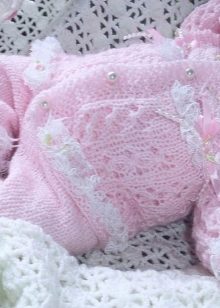
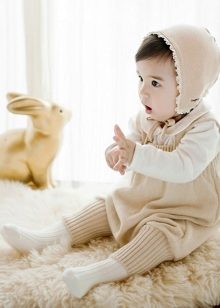
Some types of yarn mohair, angora wool, polyamide, lurex yarn and the like are not at all suitable for creating children's products.

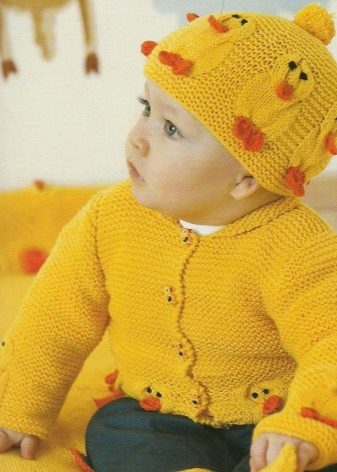



Fashionable styles and models
There are a lot of models and styles of knitted suits in our time.
For winter, sets made from the warmest types of yarn, with hats that tightly cover the ears and neck, sleeping bags or envelopes are suitable.
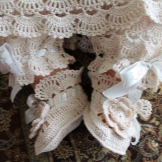

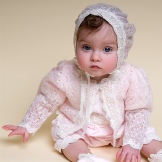
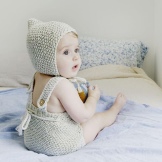
Models for the off-season or summer usually have an openwork knit. You can find products with an unusual and very interesting design: in the form of funny animals, fairy-tale and cartoon characters. Plush suits look especially funny.
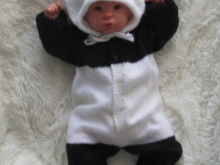
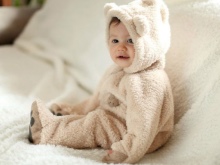

Costumes and ideas for a photo shoot
Knitted suits can be not only practical, but also created for special occasions, for example, for a photo shoot. Most often, newborns are photographed sleeping during a photo shoot.
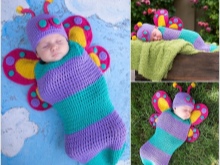
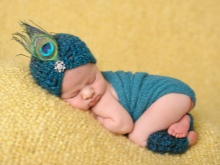
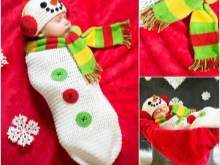
Costumes can be presented in the form of knitted accessories: hats, blankets, booties, helping to create a funny or fabulous look:



























